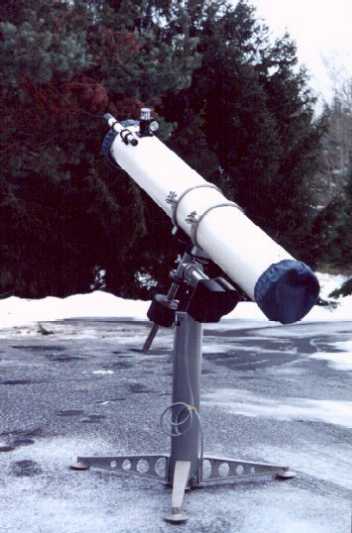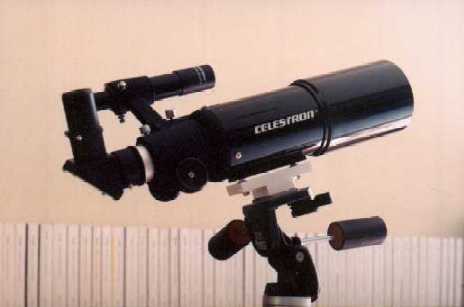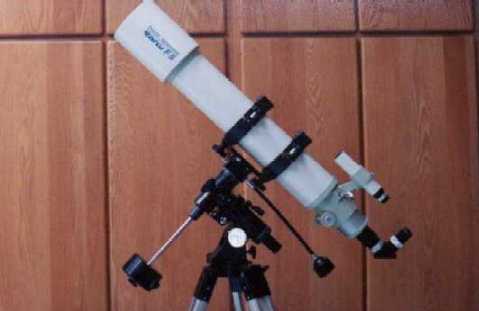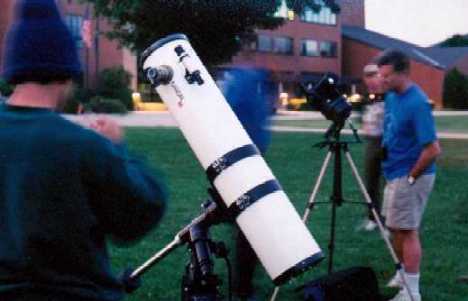Telescope Reviews, Page 1
By Ed Ting
Updated 4/24/00
Introduction
One day, about twenty years ago, my high school Physics teacher, perhaps sensing my
innate boredom and restlessness, gave me a mounted 60 mm achromatic lens to play
with after class. Little did he know what he was about to start.
I got the lens home, and, not knowing much about optics, I began to play with it.
After cannibalizing my old Milben microscope set, I discovered that I could magnify
images with the little 1/2" diameter Ramsden eyepieces. I was taken aback by the
quality of the images; the achromat was far better than the magnifying glasses I
once used when trying to build a previous telescope.
That little achromat/Ramsden combination, mounted in a cardboard tube, and rigged
on a primitive mount, was my first "real" telescope, one which gave me so much
pleasure that I remember to this day.
With it, I saw the Pleiades, the Hyades (I could just about fit them all in the FOV),
the Orion Nebula, and so many other sights. Pretty soon, I got the urge to buy a
"real" telescope. I took a job flipping burgers to save up the money to buy one. At
that time, there weren't many options available to amateurs on a budget. Celestron
was most prominent, but there was this young, "upstart" company named Meade,
whose literature caught had my fancy. I ordered one. And so I became an amateur
astronomer.
Such began my fascination with astronomy and telescopes. Since then, I've had the
pleasure to own and use several instruments. Below you will find reviews of some
of them. I have also commented on equipment owned by others but which I feel
qualified to comment upon, having spent enough time with them. Prices given are
list prices at time of purchase (NLA = no longer available).
A few items are marked "Brief Impression", equipment which I used for a short time,
but enough so that I could form a provisional opinion.

 TeleVue's diminutive Ranger: A surprisingly versatile telescope.
TeleVue's diminutive Ranger: A surprisingly versatile telescope.

 The Europa aboard a GM-8
The Europa aboard a GM-8
 TeleVue's diminutive Ranger: A surprisingly versatile telescope.
TeleVue's diminutive Ranger: A surprisingly versatile telescope.

 The Europa aboard a GM-8
The Europa aboard a GM-8